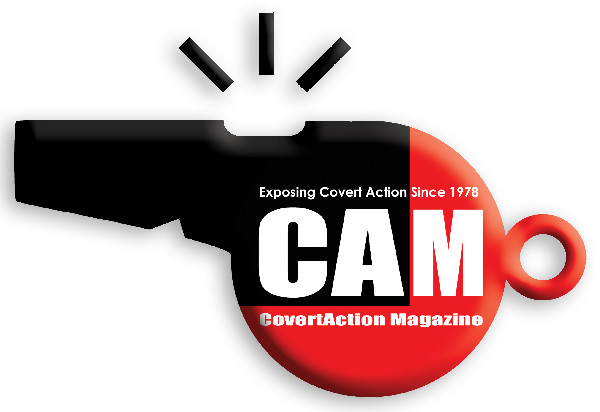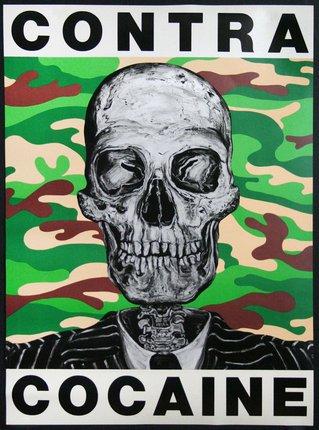
John Millis was poised to release a report exposing CIA involvement in drug trafficking in Central America
An investigation into Millis’ death should be reopened along with journalist Gary Webb and others who were privy to info about the CIA’s drug running in Central America during the Reagan-Bush era and died suspiciously
On June 4, 2000, John Millis, a former CIA case officer then serving as the top staff member of the House Intelligence Committee, died of a reported suicide at a seedy Fairfax, Virginia motel after he was found with a gunshot wound to the head.
Millis’ death occurred the day after he forced the CIA to release a controversial report he had authored on the CIA’s alleged links to cocaine smuggling by Nicaraguan drug rings who were connected with criminal groups in Los Angeles.
The report cleared the CIA of wrong-doing, however, informed observers believed that Millis, a Republican, wrote a different version of the report that was more critical of the CIA’s involvement in drug trafficking and that he may have been silenced because he knew too much.[1]
Suspiciously, the Fairfax police refused to reveal the contents of an alleged suicide note written by Millis and the Fairfax County Coroner’s report. Fairfax city detectives told residents of the motel where Millis died not to talk to anyone about the “suicide,” including the media.
A teen female resident said that after Millis’ death she saw a few unmarked vans in the parking lot around Millis’ room, one with D.C. license tags.
The teen told journalist Wayne Madsen that “Detective Boon [of the Fairfax Police Department Criminal Investigation Division] told us not to talk to anyone about what happened to that man.”[2]
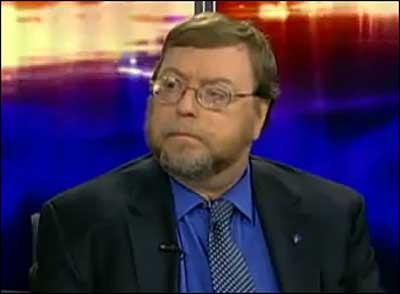
According to Madsen, Congressional sources revealed that the CIA had wanted to secure any copies of the drug report Millis may have had in his possession. GOP Congressional and CIA officials hoped the Millis matter would “simply disappear as a news item,” and after his death, got their wish.[3]
During his CIA career, Millis had lived in Pakistan, working to provide covert aid to Afghan rebels who were fighting the Soviet army in the 1980s.
In 1996 and 1997, he was staff director of a special Congressional committee that investigated the Clinton administration’s approval of arms shipments from Iran to Muslim forces in Bosnia.[4]
These Muslims forces included two alleged 9/11 hijackers, Nawaf al Hazmi and Khalid al Mindhar, and alleged 9/11 mastermind Khalid Sheikh Mohammed, along with other Al Qaeda operatives.[5]
Prior to his death, Millis had been very critical of CIA Director John Deutch, disclosing a report that he had used CIA computers at his home to surf the internet.[6]
This could have potentially compromised CIA operations by making classified information about secret operations vulnerable to hackers.
Describing Deutch as the “first, second, and third worst directors of the CIA,” Millis said that Deutch had done enormous damage to American intelligence capability through his “incompetence.”[7]
Millis was also privy to sensitive information about Porter Goss, a Florida Congressman who served as Chairman of the House Permanent Select Committee on Intelligence, that could have jeopardized his appointment by George W. Bush as CIA Director in 2004 around the time of Millis’ death.
Millis was unhappy about Goss’ reluctance to investigate the CIA’s handling or mishandling of alleged Mossad penetration of the White House Communications system and its failure to investigate the identity of Israel’s alleged high-level U.S. government mole, the so-called Mega.
Goss was the one to put Millis on leave while Millis was investigated for allegedly mishandling classified documents.
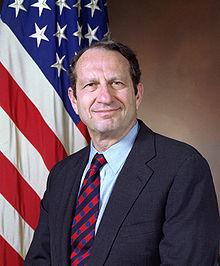
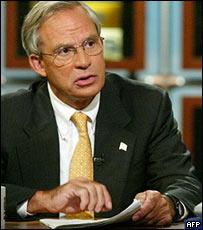
Goss insinuated that he did not want to pursue an investigation into the Mossad penetration of the White House out of fear of angering the Israeli lobby and because his district was primarily Jewish.
Insider sources told journalist Wayne Madsen that Goss did not want any problems associated with the Millis case to derail his chances of becoming CIA Director.[8]
With Millis’ death, Goss got his wish.
Two months after Millis’ death, Insight Magazine, owned by the right-wing Washington Times, claimed that Millis had killed himself because his wife, Linda, discovered that he was involved in a homosexual relationship.
However, Linda initiated legal proceedings against Insight Magazine, stating that the allegations were false. The Washington Times was owned by South Korea, Reverend Sun Myung Moon, who was a longtime CIA “asset” close to the Bush family.[9]
The article is believed to have been CIA disinformation that was part of the coverup of Millis’ murder.
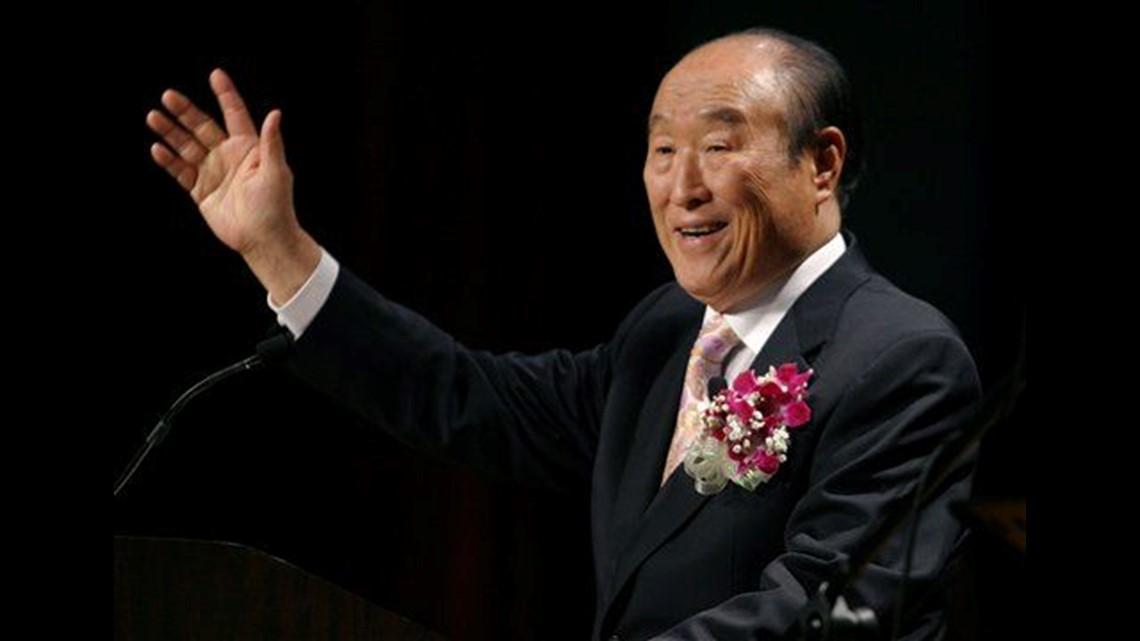
Two other people who read Millis’ “cocaine report” also died suspicious deaths. One Charles Ruff was a White House Counsel during Bill Clinton’s presidency, who died on November 20, 2000 after reportedly being briefed on Millis’ report. Ruff’s body was found by his wife outside a shower in his home.
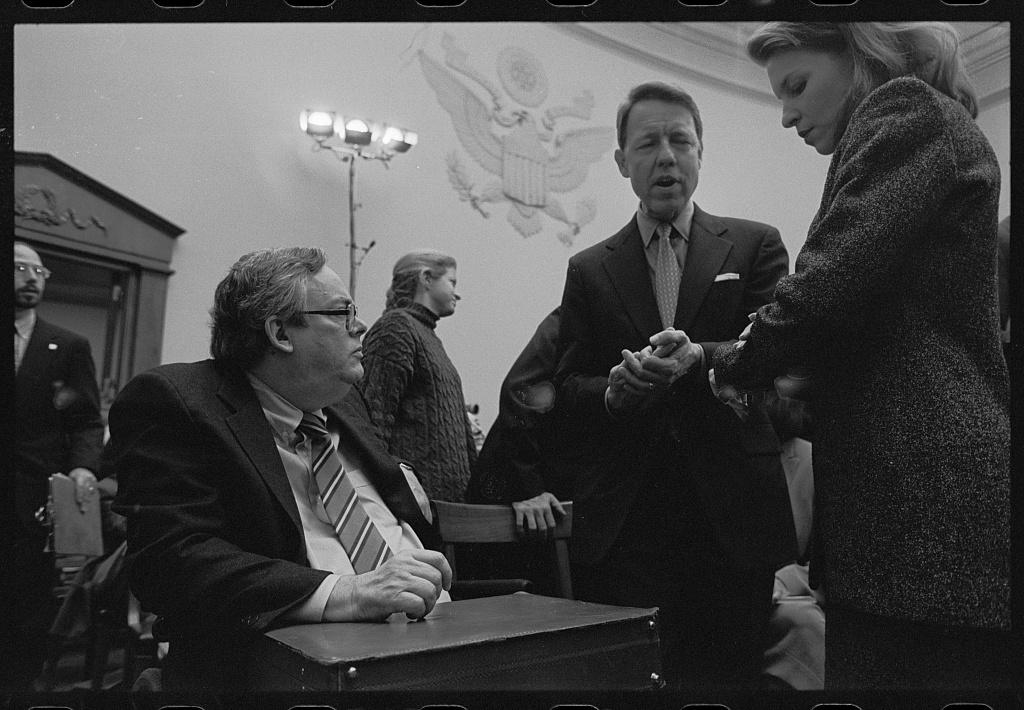

A few weeks after Ruff’s death, Julian Dixon, the ranking Democrat on the House Select Committee on Intelligence who was also briefed on Millis’ cocaine report, died suddenly from an apparent heart attack.[10]
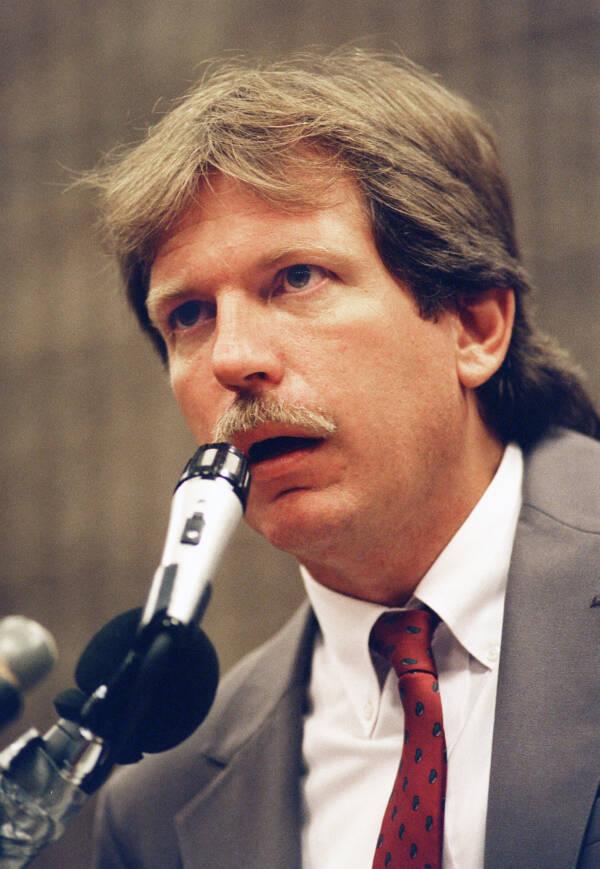
Then on December 10, 2004, journalist Gary Webb was found dead with two gunshot wounds to the head.
In the late 1990s, he had written a series of stories for the San José Mercury News, which provided the basis for his book, Dark Alliance: The CIA, the Contras, and the Crack Cocaine Explosion (New York: Seven Stories Press, 1998), which detailed how the explosion of crack cocaine in South Central Los Angeles during the 1980s was sparked by two Nicaraguan émigrés, Danilo Blandón and Norwin Meneses, who sold huge amounts of cocaine to raise funds for the Nicaraguan Contras, which was CIA-backed.
Webb’s “Dark Alliance” series went viral in the early days of the internet and caused a firestorm that led to the resignation of CIA Director John Deutch after he was grilled by angry Black activists at a meeting in L.A.[11]
Confirmed in Millis’ blacklisted report, Webb’s story had traced how cocaine was shipped into San Francisco and distributed in L.A. after Blandón and Meneses sold it to a street dealer from South Central named “Freeway” Ricky Ross.[12] Through this connection, “Freeway Rick” became a crack kingpin, using his contacts with L.A.’s Crips and Blood street gangs to help distribute crack to many other cities across the country.
When a group of veteran Black activists spoke to Webb a few days before his supposed suicide, they found him excited to have received an invitation to speak at a Harlem community meeting about his research on the CIA-Contra-crack cocaine connection, feeling that he was finally going to get recognition for his investigative work from people who were at the center of the 1980s East Coast crack boom.
Sam Anderson, a member of the veteran group, told this author that Webb told the veterans that he had made plans to interview addicts, ordinary Harlemites, activists, medical and social workers and others. When the veterans heard on the news that Webb had “committed suicide,” they knew right away from their own encounters with the FBI’s COINTELPRO that it was a coverup.
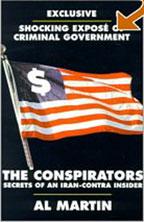
The same cover up appears apparent in Mills’ deaths along with those of Ruff and Dixon who are all victims of the rogue CIA cabal around George H.W. Bush that were implicated in large-scale criminal schemes in the Iran-Contra affair.
Iran Contra whistleblower Al Martin wrote about many suspicious deaths associated with Iran-Contra and its coverup, which include those of Millis, Ruff, Dixon and Webb.[13]
These deaths should all be reinvestigated by law enforcement and a larger truth commission set up to help expose the crimes associated with “the deep state” or what martyred journalist Danny Casolaro called “The Octopus,” whose evil knows no bounds.
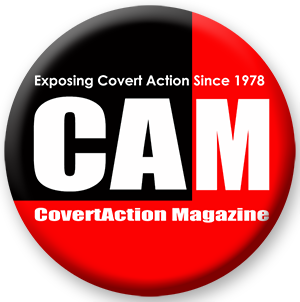
Wayne Madsen, Jaded Tasks: Brass Plates, Black Ops, & Big Oil: The Blood Politics of George Bush & Co. (Walterville, OR: Trine Day, 2006), 36.↑Madsen, Jaded Tasks, 38. ↑
Madsen, Jaded Tasks. ↑
“John Millis, 47, Aide in Congress,” The New York Times, June 6, 2000, https://www.nytimes.com/2000/06/06/us/john-millis-47-aide-in-congress.html ↑
John Schindler, Unholy Terror: Bosnia, Al-Qaida, and the Rise of Global Jihad (Zenith Press, 2007). ↑
James Risen, “The Biggest Secret: My Life as a New York Times Reporter in the Shadow of the War on Terror,” The Intercept, January 3, 2018, https://theintercept.com/2018/01/03/my-life-as-a-new-york-times-reporter-in-the-shadow-of-the-war-on-terror/ ↑
Ben Fenton, “US Spy Expert Who Shot Himself Faced Inquiry,” The Telegraph, June 29, 2000, https://www.telegraph.co.uk/news/worldnews/northamerica/usa/1345590/US-spy-expert-who-shot-himself-faced-inquiry.html ↑
Madsen, Jaded Tasks, 38. ↑
Jamie Dettmer and Paul M. Rodriguez, “The Strange Death of John Millis,” Insight August 14, 2000. ↑
Madsen, Jaded Tasks, 36. From California, Dixon was a former chairman of the Congressional Black Caucus. ↑
James Adams, “Moonlighting?” The New York Times, September 27, 1998, https://www.nytimes.com/1998/09/27/books/moonlighting.html. Webb’s book was endorsed by Congresswoman Maxine Waters (D-CA) who said that “the time I spent investigating the allegations of the Dark Alliance series led me to the undeniable conclusion that the CIA, DEA, DIA and FBI knew about drug trafficking in South Central Los Angeles. They were either part of the trafficking or turned a blind eye to it, in an effort to fund the contra war. . . . This book is the final chapter on this sordid tale and brings to light one of the worst official abuses in our nation’s history.” ↑
See Rick Ross, with Cathy Scott, “Freeway” Rickey Ross: The Untold Autobiography (Create Space Independent Publishers, 2014). ↑
Al Martin, The Conspirators: Secrets of an Iran-Contra Insider (National Liberty Press, 2001), 23. Martin suggested that around 400 people may have been killed who were associated with Iran-Contra. Others like himself were threatened, discredited, bankrupted or jailed on phony charges to keep them quiet. ↑
CovertAction Magazine is made possible by subscriptions, orders and donations from readers like you.
Blow the Whistle on U.S. Imperialism
Click the whistle and donate
When you donate to CovertAction Magazine, you are supporting investigative journalism. Your contributions go directly to supporting the development, production, editing, and dissemination of the Magazine.
CovertAction Magazine does not receive corporate or government sponsorship. Yet, we hold a steadfast commitment to providing compensation for writers, editorial and technical support. Your support helps facilitate this compensation as well as increase the caliber of this work.
Please make a donation by clicking on the donate logo above and enter the amount and your credit or debit card information.
CovertAction Institute, Inc. (CAI) is a 501(c)(3) non-profit organization and your gift is tax-deductible for federal income purposes. CAI’s tax-exempt ID number is 87-2461683.
We sincerely thank you for your support.
Disclaimer: The contents of this article are the sole responsibility of the author(s). CovertAction Institute, Inc. (CAI), including its Board of Directors (BD), Editorial Board (EB), Advisory Board (AB), staff, volunteers and its projects (including CovertAction Magazine) are not responsible for any inaccurate or incorrect statement in this article. This article also does not necessarily represent the views the BD, the EB, the AB, staff, volunteers, or any members of its projects.
Differing viewpoints: CAM publishes articles with differing viewpoints in an effort to nurture vibrant debate and thoughtful critical analysis. Feel free to comment on the articles in the comment section and/or send your letters to the Editors, which we will publish in the Letters column.
Copyrighted Material: This web site may contain copyrighted material the use of which has not always been specifically authorized by the copyright owner. As a not-for-profit charitable organization incorporated in the State of New York, we are making such material available in an effort to advance the understanding of humanity’s problems and hopefully to help find solutions for those problems. We believe this constitutes a ‘fair use’ of any such copyrighted material as provided for in section 107 of the US Copyright Law. You can read more about ‘fair use’ and US Copyright Law at the Legal Information Institute of Cornell Law School.
Republishing: CovertAction Magazine (CAM) grants permission to cross-post CAM articles on not-for-profit community internet sites as long as the source is acknowledged together with a hyperlink to the original CovertAction Magazine article. Also, kindly let us know at info@CovertActionMagazine.com. For publication of CAM articles in print or other forms including commercial internet sites, contact: info@CovertActionMagazine.com.
By using this site, you agree to these terms above.
About the Author

Jeremy Kuzmarov holds a Ph.D. in American history from Brandeis University and has taught at numerous colleges across the United States. He is regularly sought out as an expert on U.S. history and politics for radio and TV programs and co-hosts a radio show on New York Public Radio and on Progressive Radio News Network called “Uncontrolled Opposition.”
He is Managing Editor of CovertAction Magazine and is the author of six books on U.S. foreign policy, including Obama’s Unending Wars (Clarity Press, 2019), The Russians Are Coming, Again, with John Marciano (Monthly Review Press, 2018), Warmonger. How Clinton’s Malign Foreign Policy Launched the U.S. Trajectory From Bush II to Biden (Clarity Press, 2023); and with Dan Kovalik, Syria: Anatomy of Regime Change (Baraka Books, 2025).
Besides these books, Kuzmarov has published hundreds of articles and contributed to numerous edited volumes, including one in the prestigious Oxford History of Counterinsurgency .
He can be reached at jkuzmarov2@gmail.com and found on substack here.
